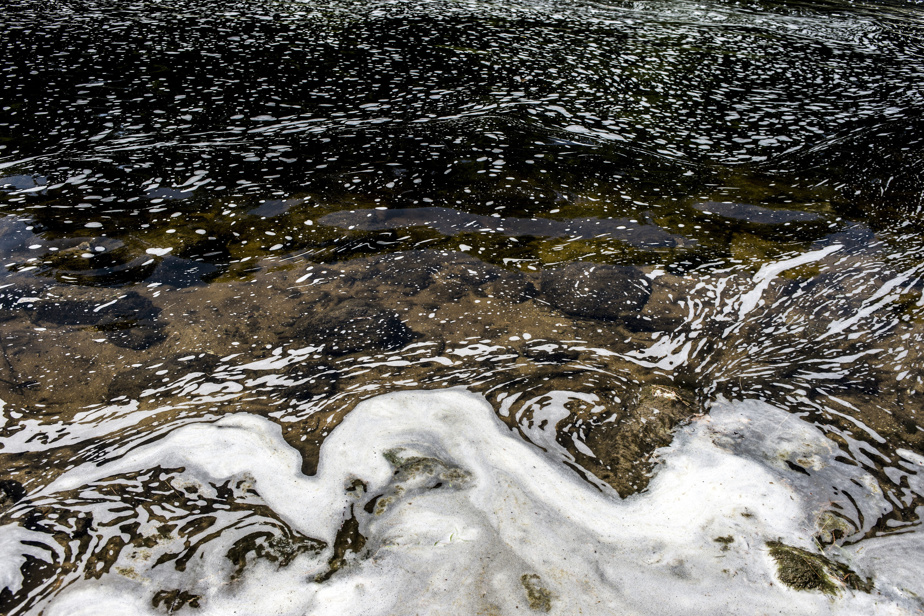
(Washington) Scientists announced Thursday that they have discovered a method to destroy certain pollutants, called “permanent” because of their extreme persistence and toxicity, which are present in most everyday objects and cause serious health problems.
Posted yesterday at 4:38 pm.
The technology, which involves relatively low temperatures and so-called simple reactions, was developed by chemists in the United States and China, whose work was published in the journal. ScienceOffering a potential solution to a persistent problem for the environment, livestock and humans.
Developed in the 1940s, PFAS (per and polyfluoroalkyl), which break down very slowly, are found in packaging, shampoos, non-stick pans and even makeup.
Over time, they spread through our environment: water, soil, air, groundwater, lakes and rivers.
A Swedish study last week showed that high levels of PFAS are making rainwater everywhere on Earth undrinkable.
According to some studies, exposure to PFAS can affect fertility and fetal development. It can also lead to obesity or certain cancers (prostate, kidney and testicles) and an increase in cholesterol levels.
Current methods of degrading these pollutants require energetic treatments such as high temperature combustion or ultrasonic irradiation.
Their almost indestructible role as one of the strongest in organic chemistry is linked to the long carbon-fluorine bonds that compose them.
However, the researchers were able to identify a weakness in some types of PFAS: At one end of their molecule, a group of oxygen atoms can be targeted by a solvent and a common reagent at average temperatures of 80 to 120 degrees Celsius.
When this happens, “it causes the entire molecule to collapse in a cascade of complex reactions,” says William Dichtel of Northwestern University, one of the study’s authors.
Scientists have also used powerful computational techniques to map the quantum mechanics behind these chemical reactions. work that can be used to improve the method.
The current study focused on 10 PFASs, including GenX, the main pollutant that contaminated the Cape Fear River in North Carolina.
But there are more than 12,000 “persistent chemicals,” according to the US Environmental Protection Agency.
“There are other types (PFAS) that don’t have a single Achilles heel, but each has its own weak point,” asserts William Dichtel. “If we can detect it, we’ll know how to activate it to destroy it. »








